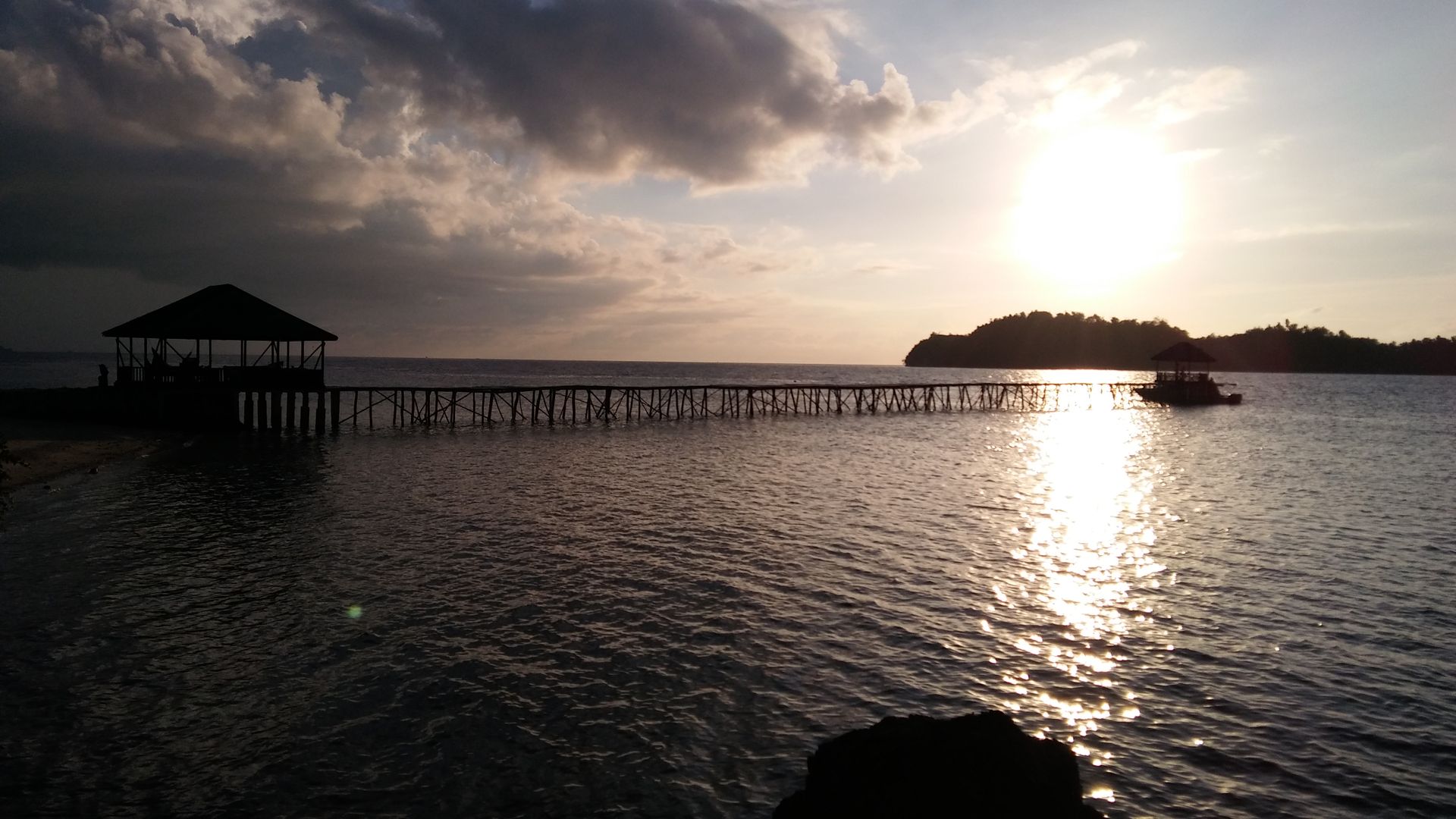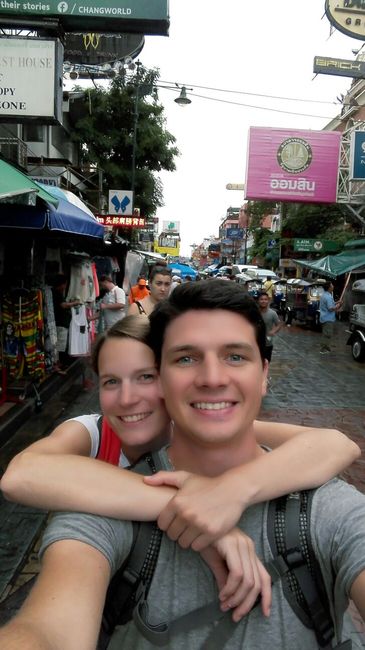Let's go Panama
Tihchhuah a ni: 14.06.2018
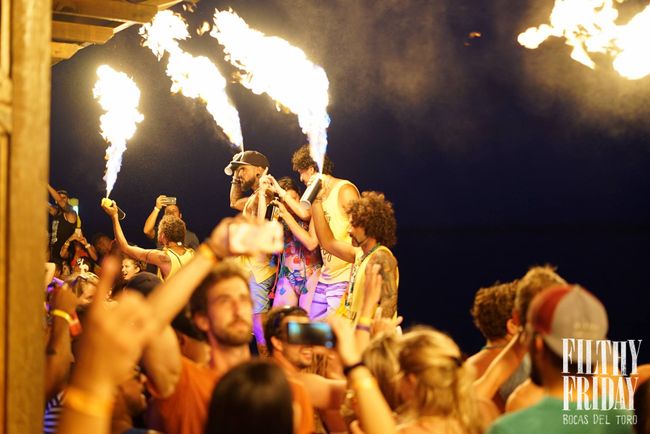
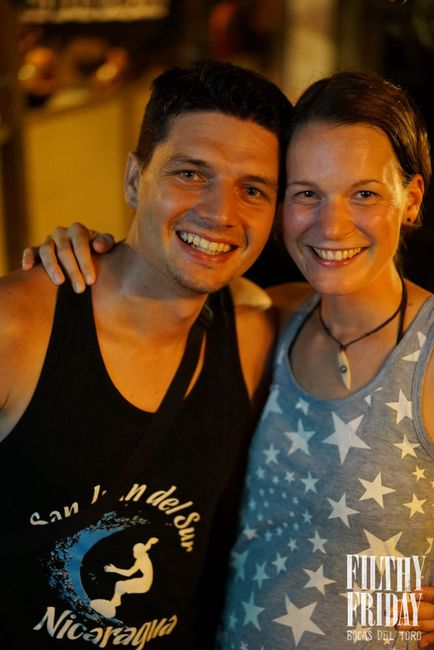
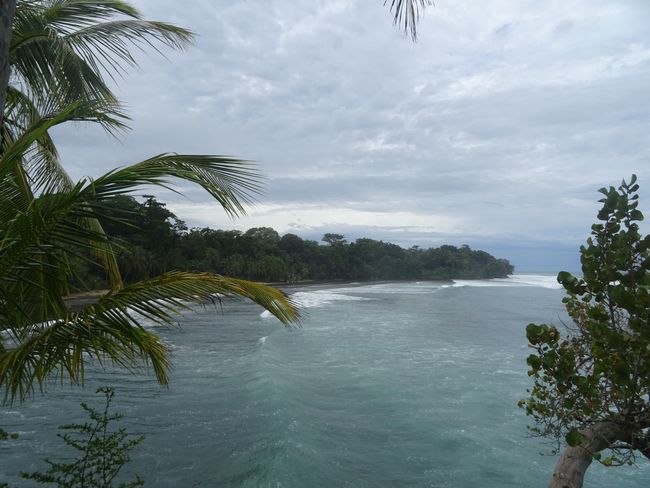
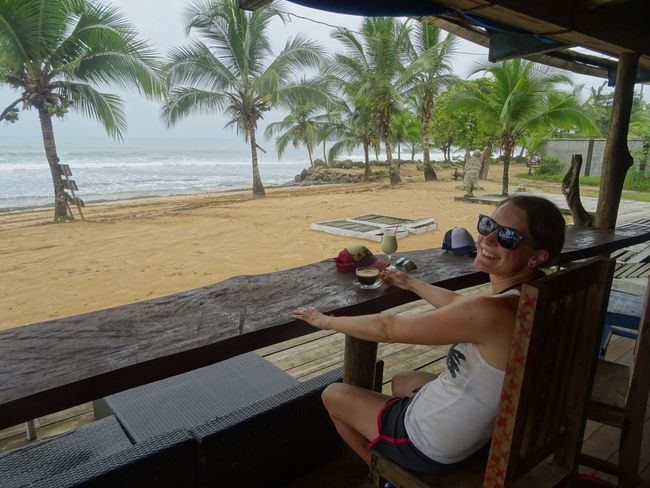
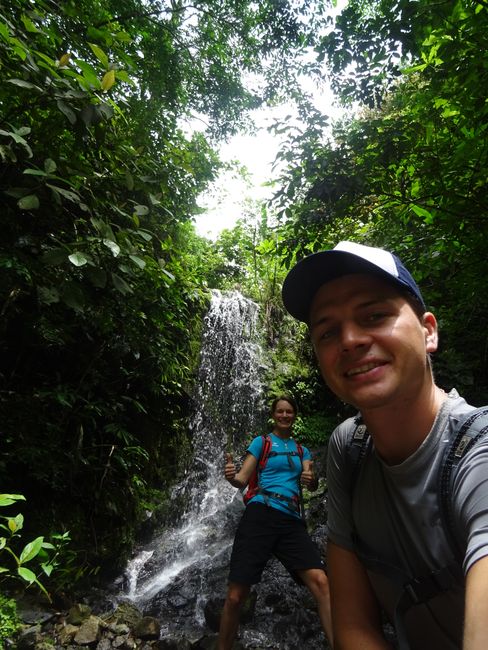

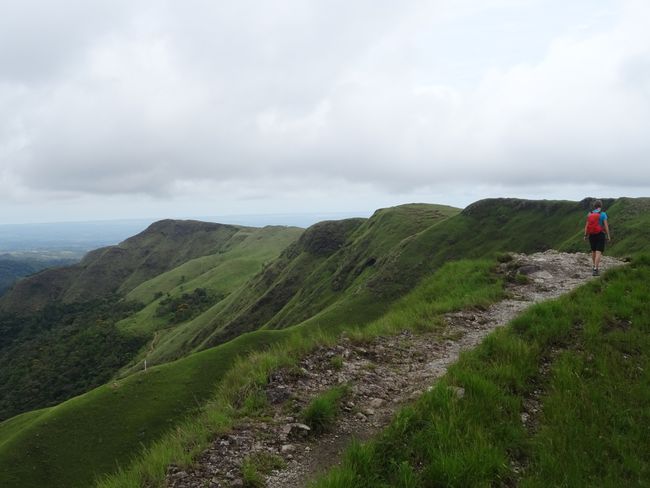
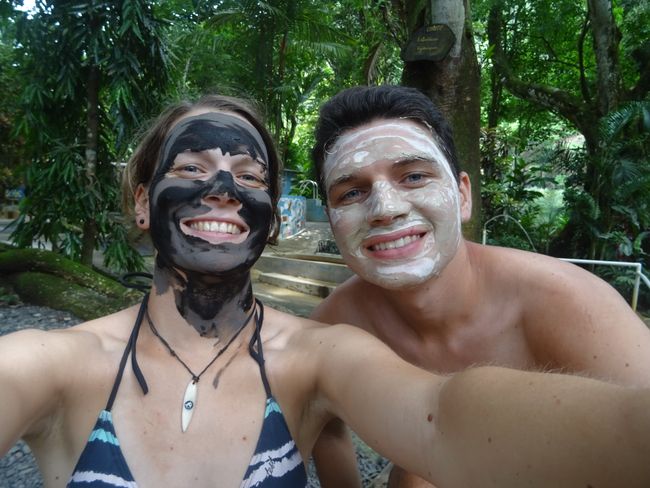
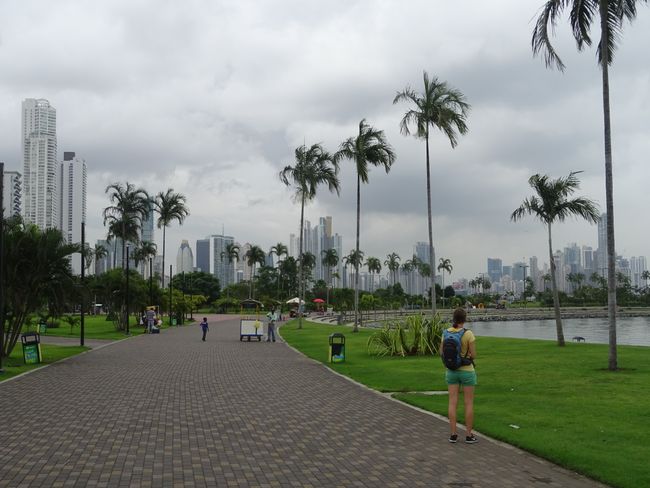
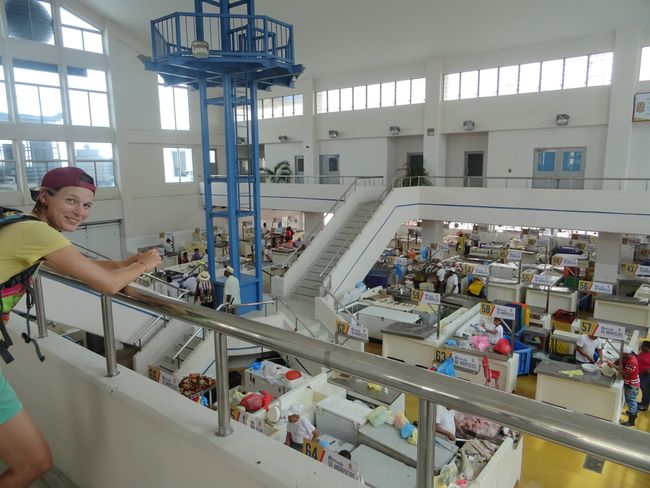
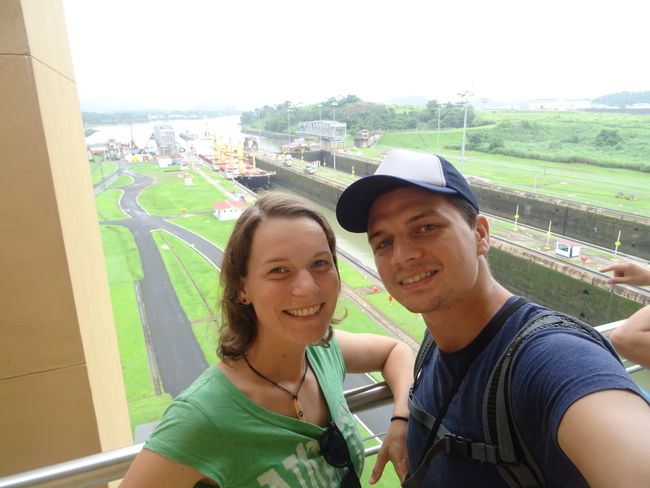
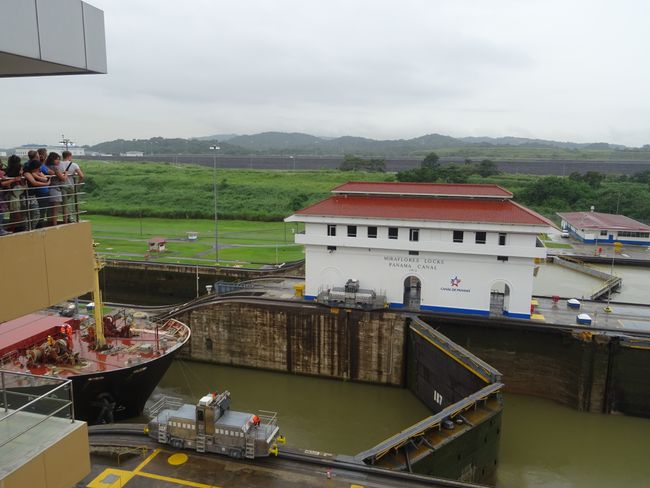
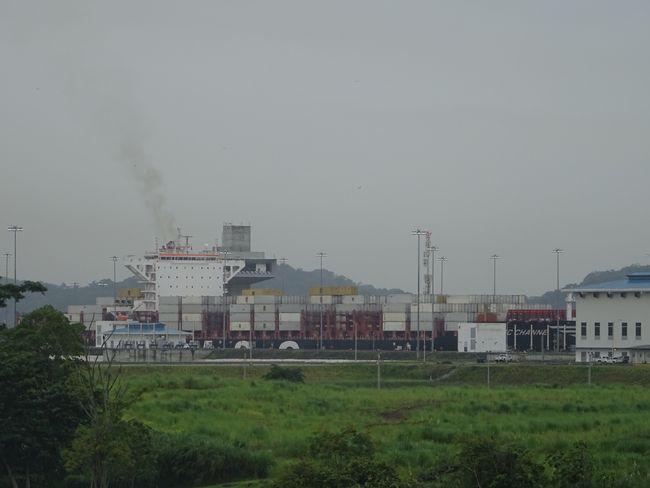
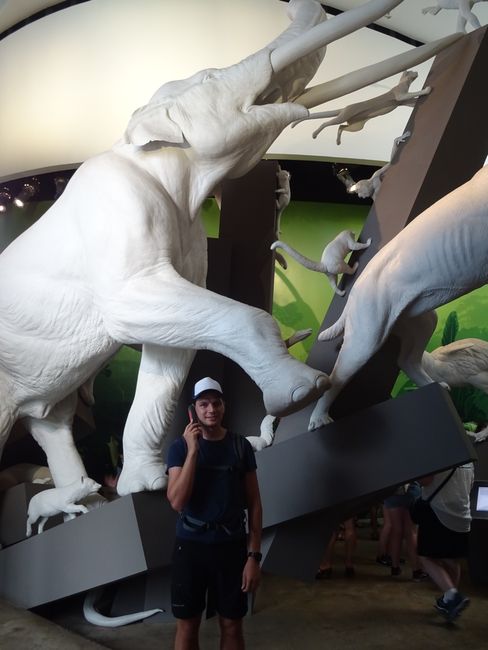
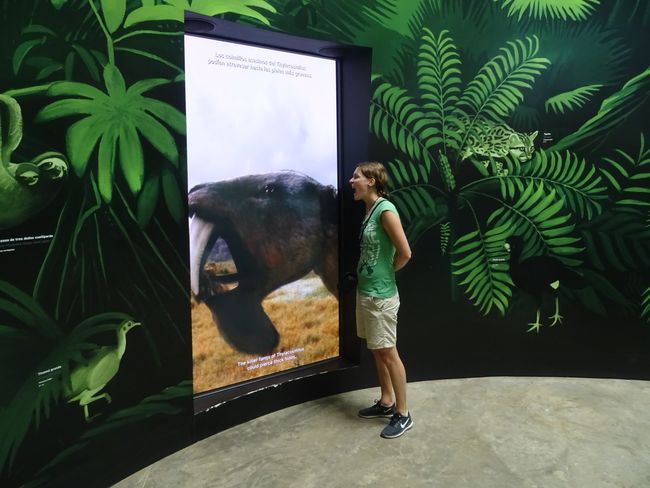
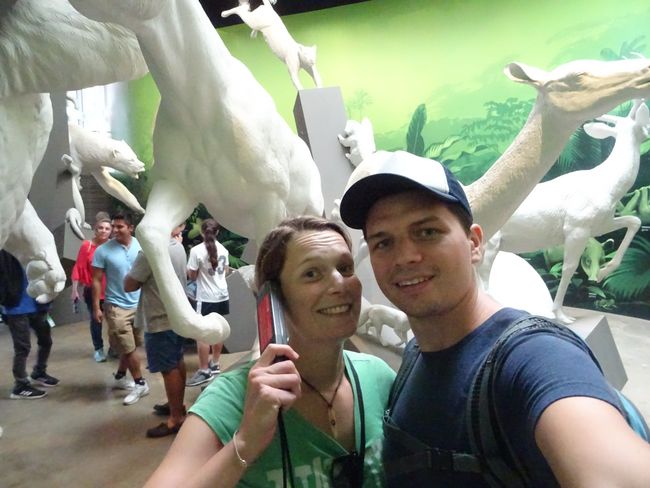
Newsletter hi subscribe ve rawh
Hello in Panama!
Our first stop in Panama was the archipelago of Bocas del Toro near the border with Costa Rica. As we previously announced, we tested the Caribbean party nights on the famous 'Filthy Friday'. In short, Raaaageeeatooooon, a good show, too many Americans with too much cheap alcohol, tropical heat and sea - the perfect mix for a successful party night 8-), which we didn't miss.
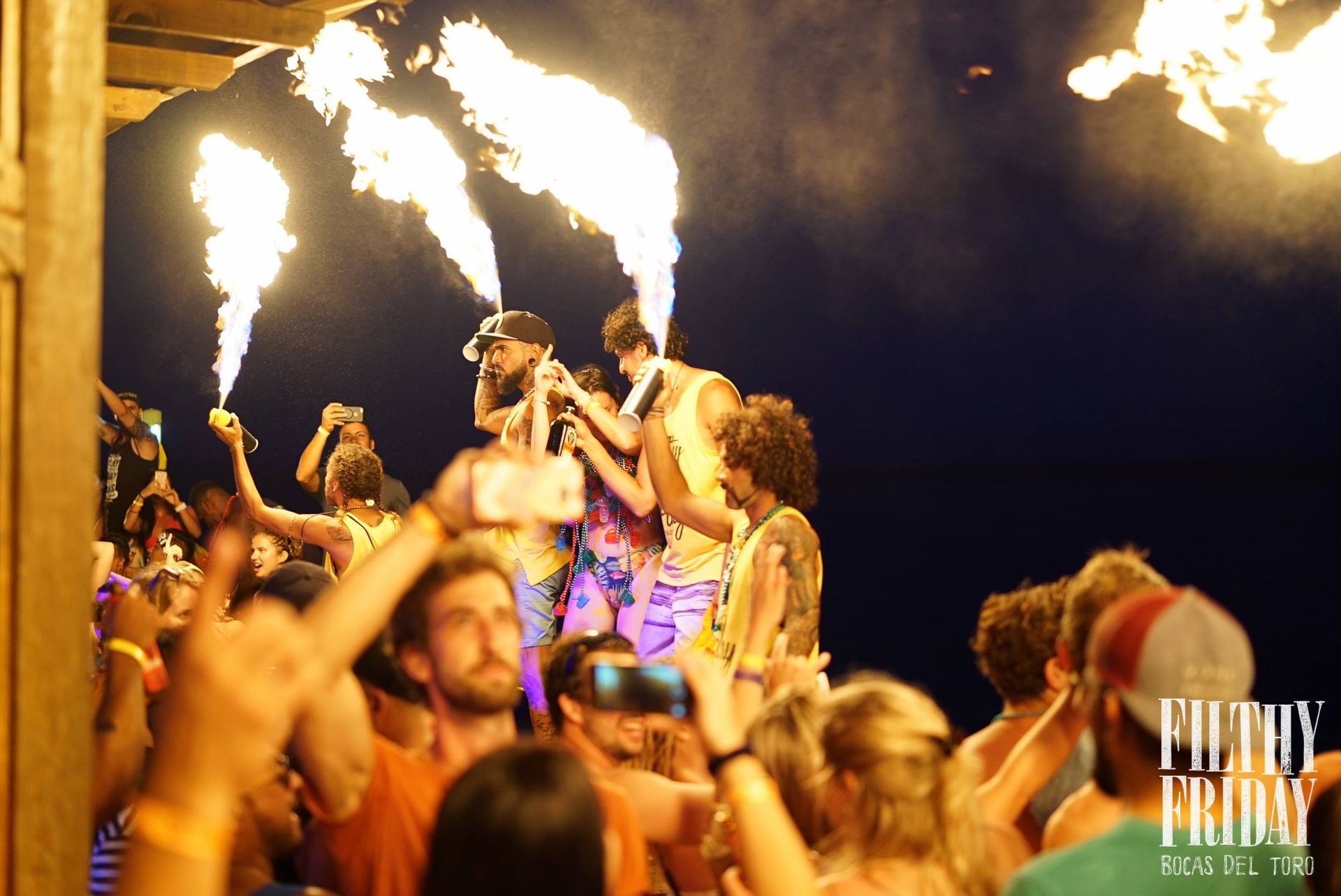

Aside from these sweaty party nights, this Caribbean paradise also has other sights to offer and we let the Caribbean flair impress us for a few more days.
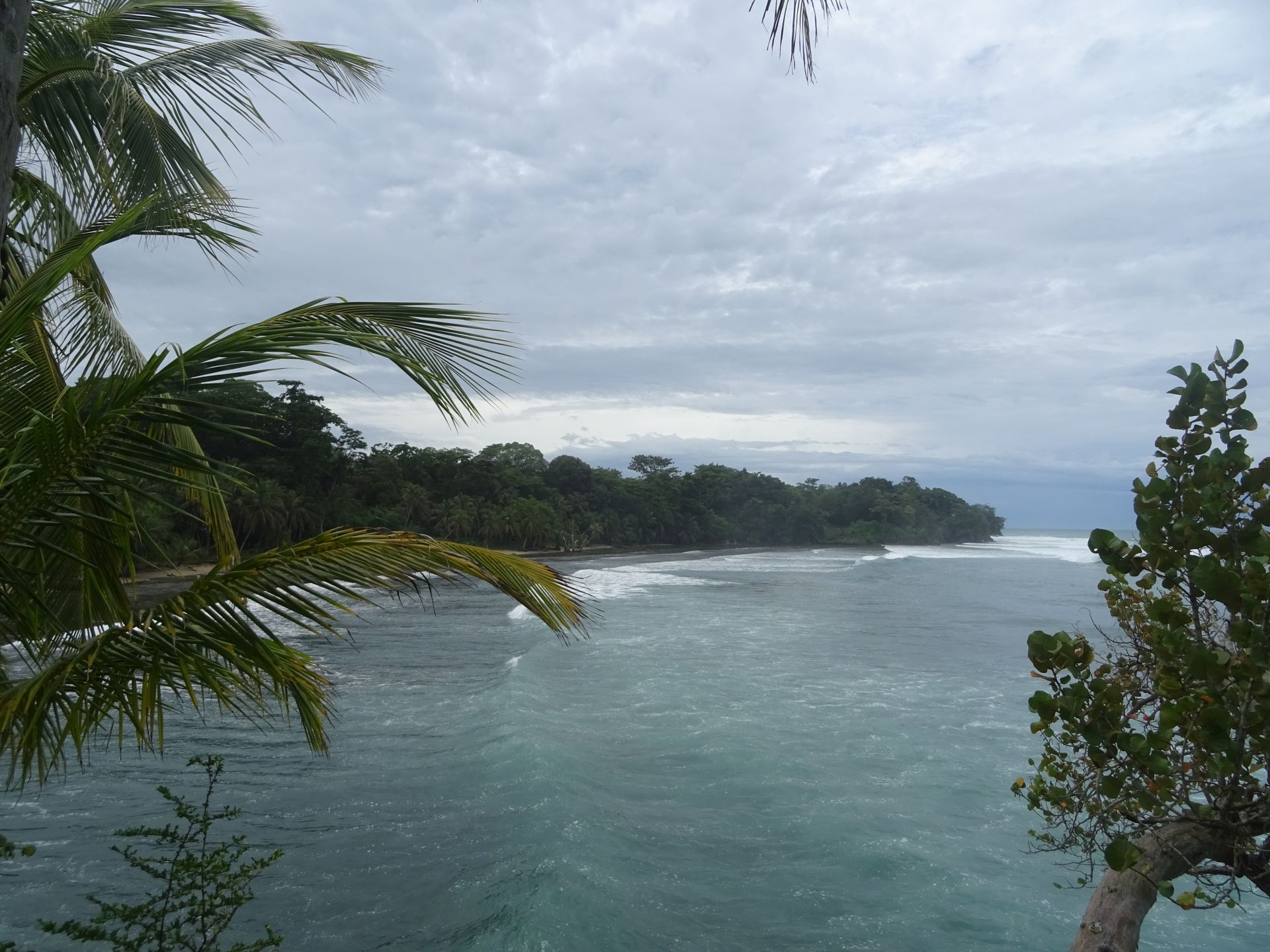
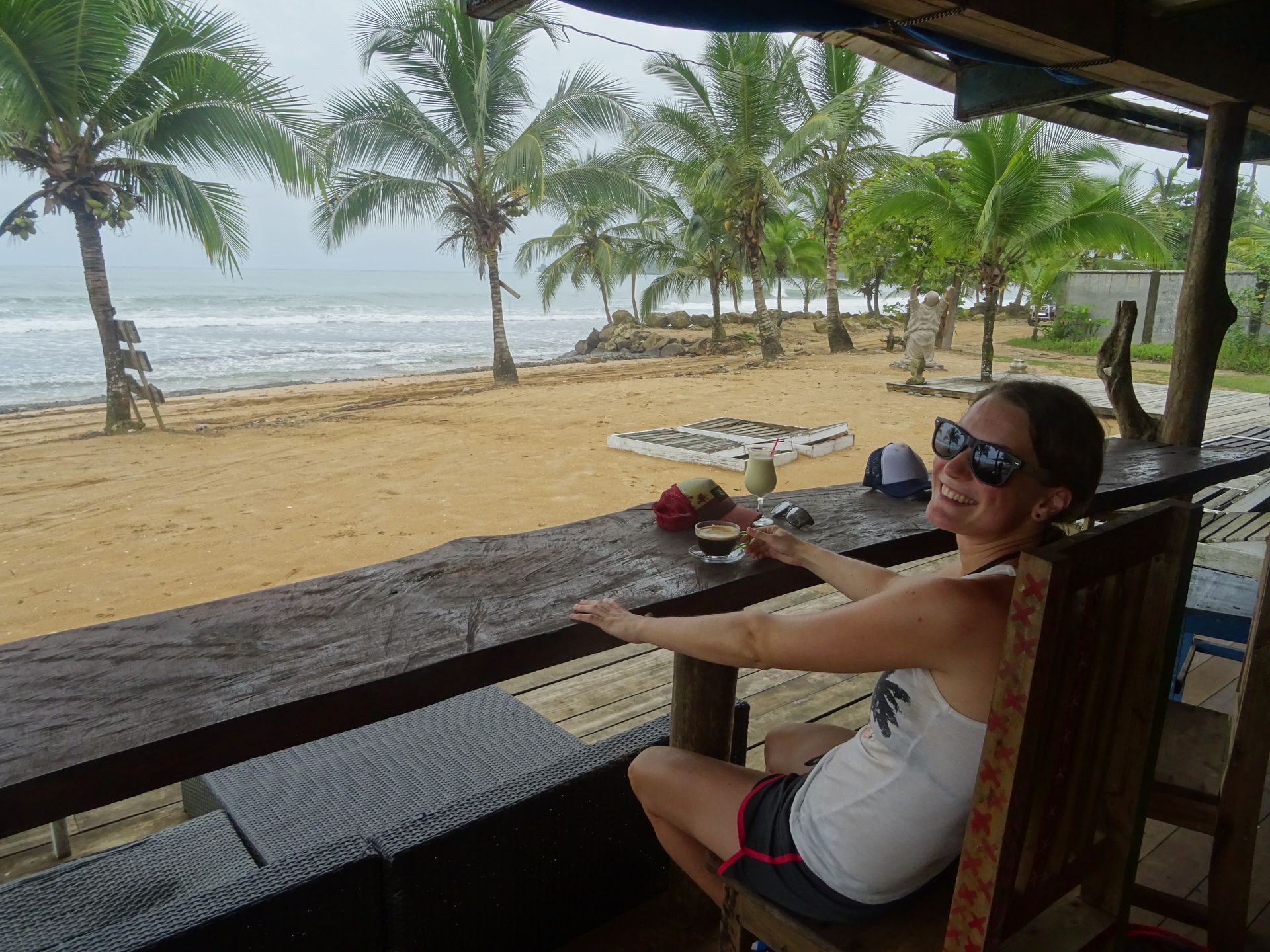
Next, we went to the mountain region of El Valle, where we enjoyed the fresh and cool air and stayed with a really nice Canadian couple who gave us some interesting insights into their life in Panama.
It was time for another hike, specifically to the 'Snoring Indian', with the obligatory wwwaaattterfaaalll!!


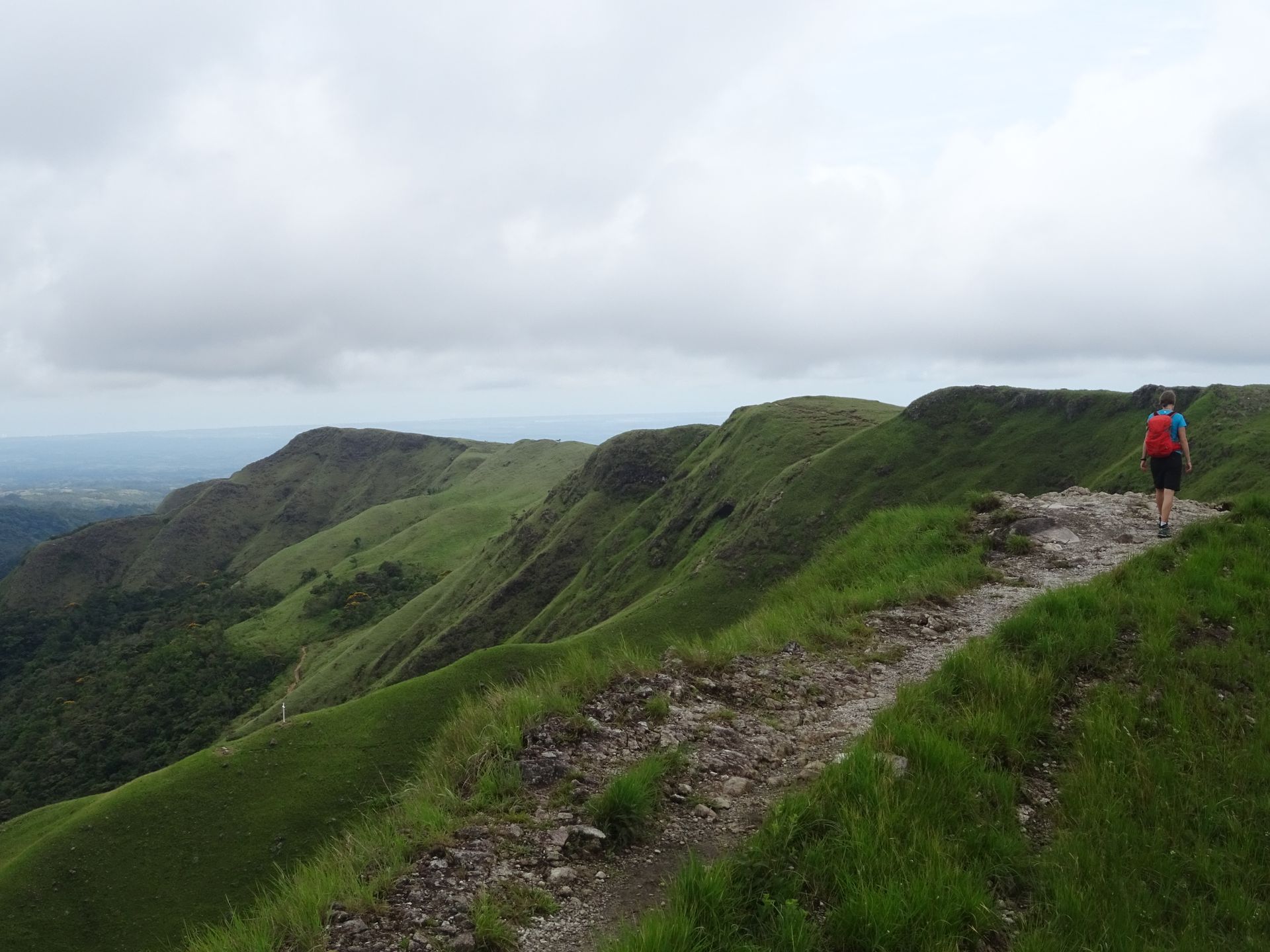
Afterwards, we pampered ourselves at the natural spa with hot springs and face masks.
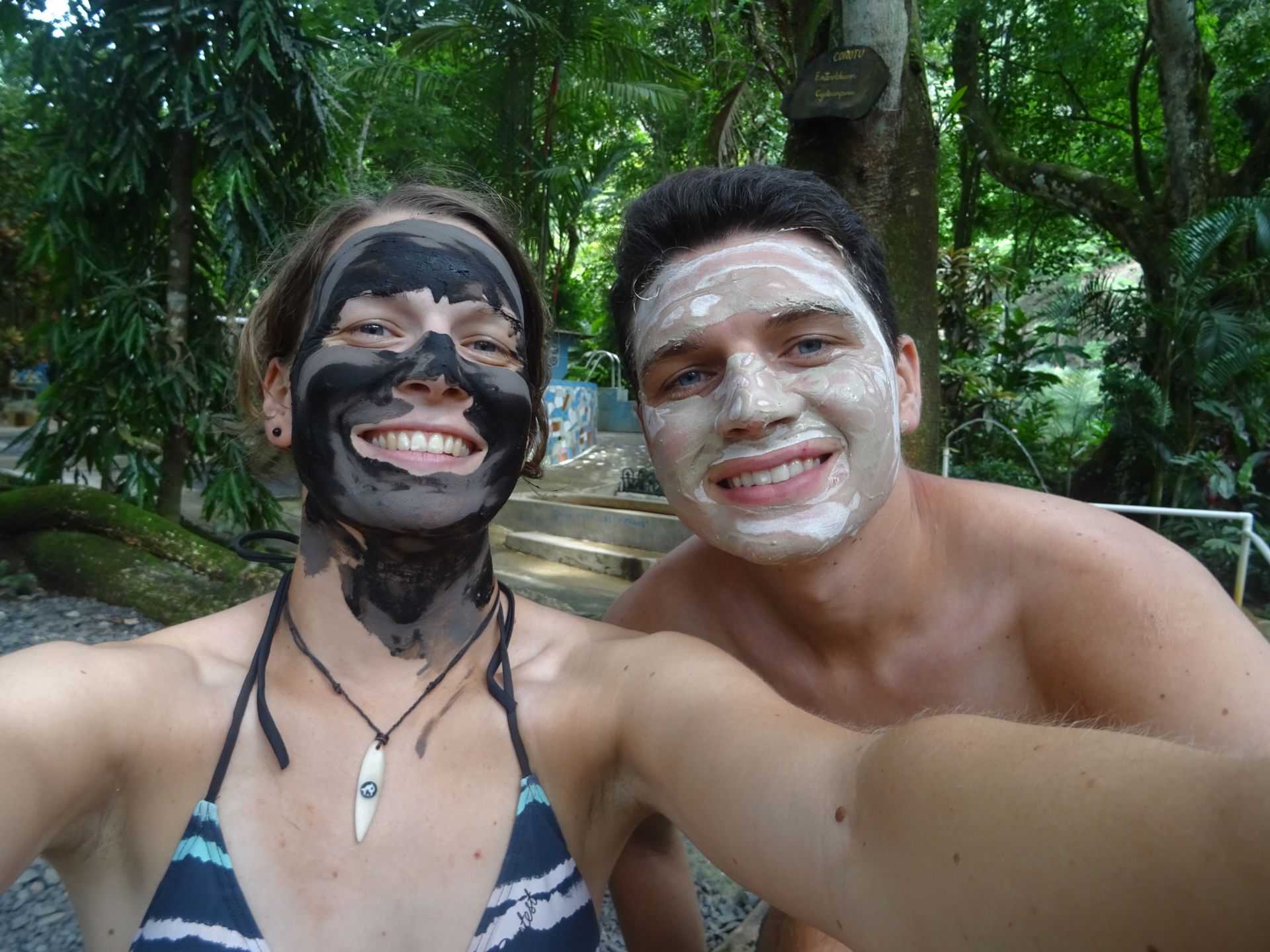
The last stop of our journey through Central America was Panama City. The most modern city on our trip so far, but also, like many cities, filled with contrasts. Poverty and wealth literally stand opposite each other here. The old town, Casco Viejo, has been a UNESCO World Heritage site since 2003 and you can see successful renovations in many places. However, just a few streets away from the tourist attractions, you can see a different world, which is directly confronted with the wealth and skyscrapers of the city.
Nevertheless, it was once again pleasant to enjoy the conveniences of a big city.
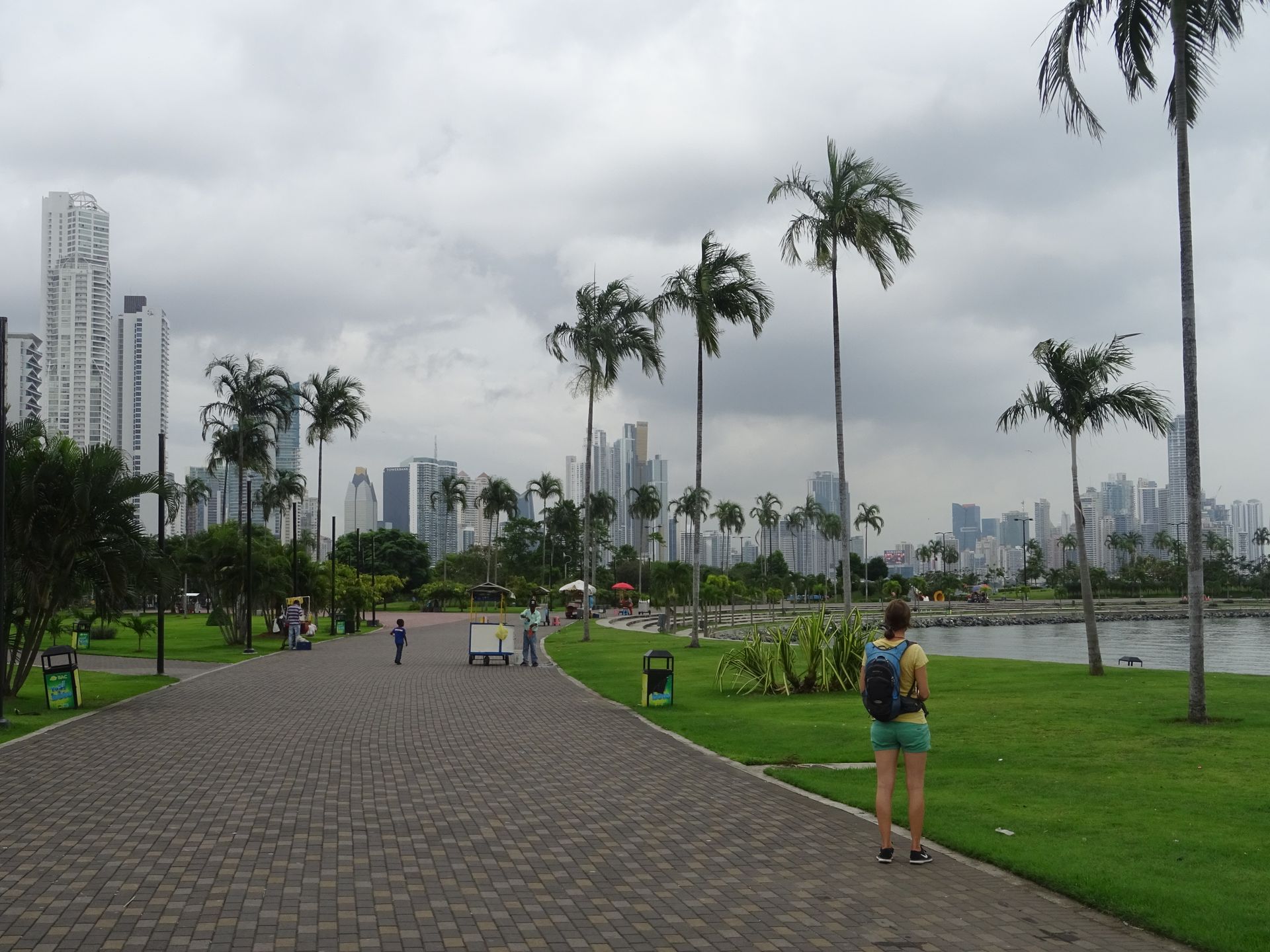
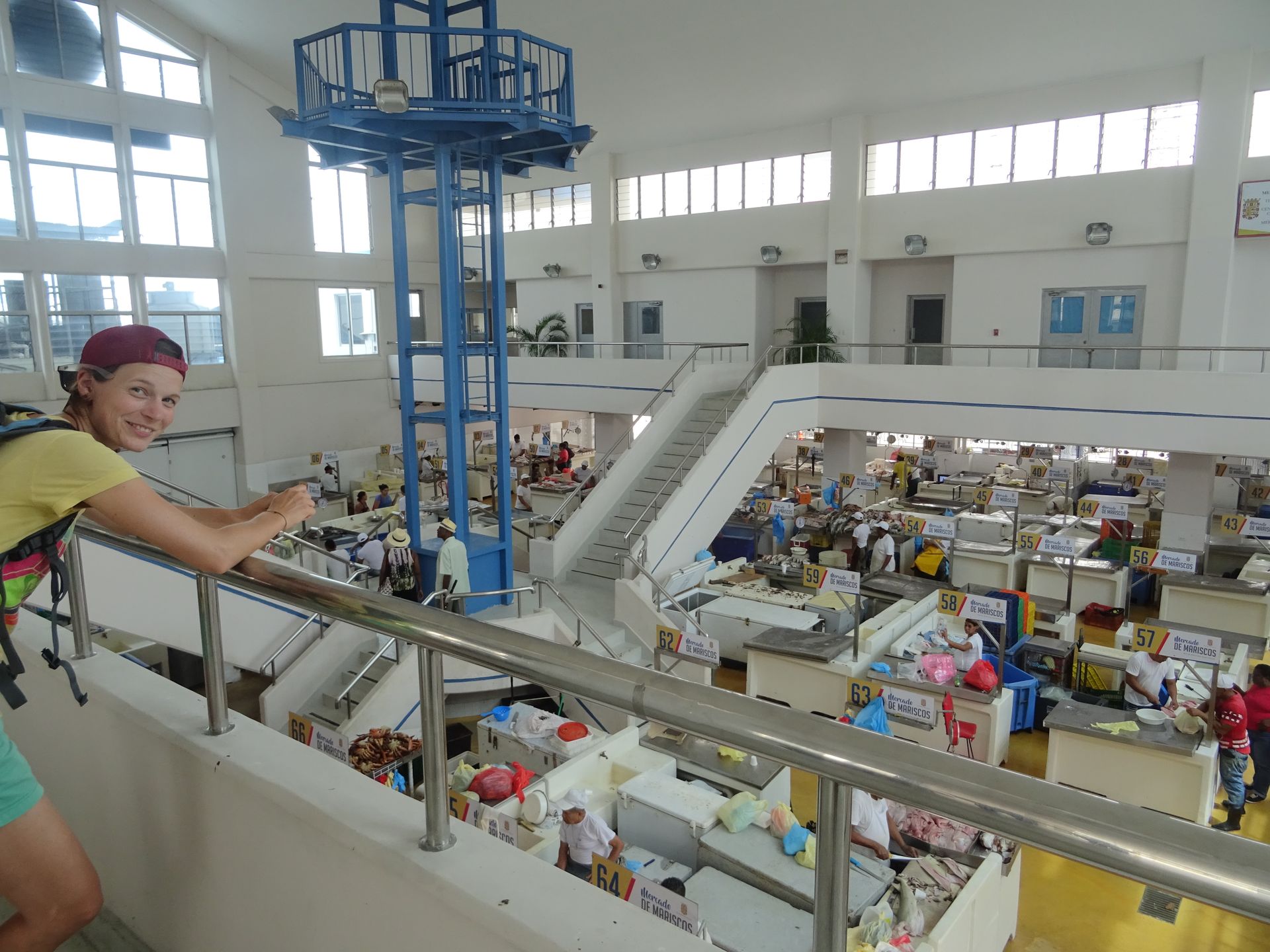
Of course, we also visited the gem of this small country at the southern tip of Central America, the Panama Canal.
We were able to witness the lockage process of a cargo ship up close and learned a lot about the hardships that accompanied the construction of the canal in the local museum. The original undertaking was abandoned by a French company at the end of the last century, after more than 20,000 workers died from diseases such as malaria. In the end, it was once again the Americans who made the success of this impressive canal possible. Until 1999, the canal was under complete control of the USA. Now, the canal contributes about 8% to Panama's GDP and in 2016, another larger lock was opened, further accelerating global trade.



The conclusion of our tourist program was the Biologico de Panama Museum. Three million years ago, Panama was still underwater and rose up by the shifting of tectonic plates. This created the connection between North and South America, and the flora and fauna of the two continents mixed. According to one theory, this development also led to a climate change in Africa, which greatly influenced the development of modern humans. Previously, our ancestors primarily lived in trees and infants had to be able to cling to their mothers from birth. However, as the landscape changed due to the climate change and fewer trees were available, the species evolved. Newborns no longer had to be as physically developed and there was more capacity for brain development... or something like that.
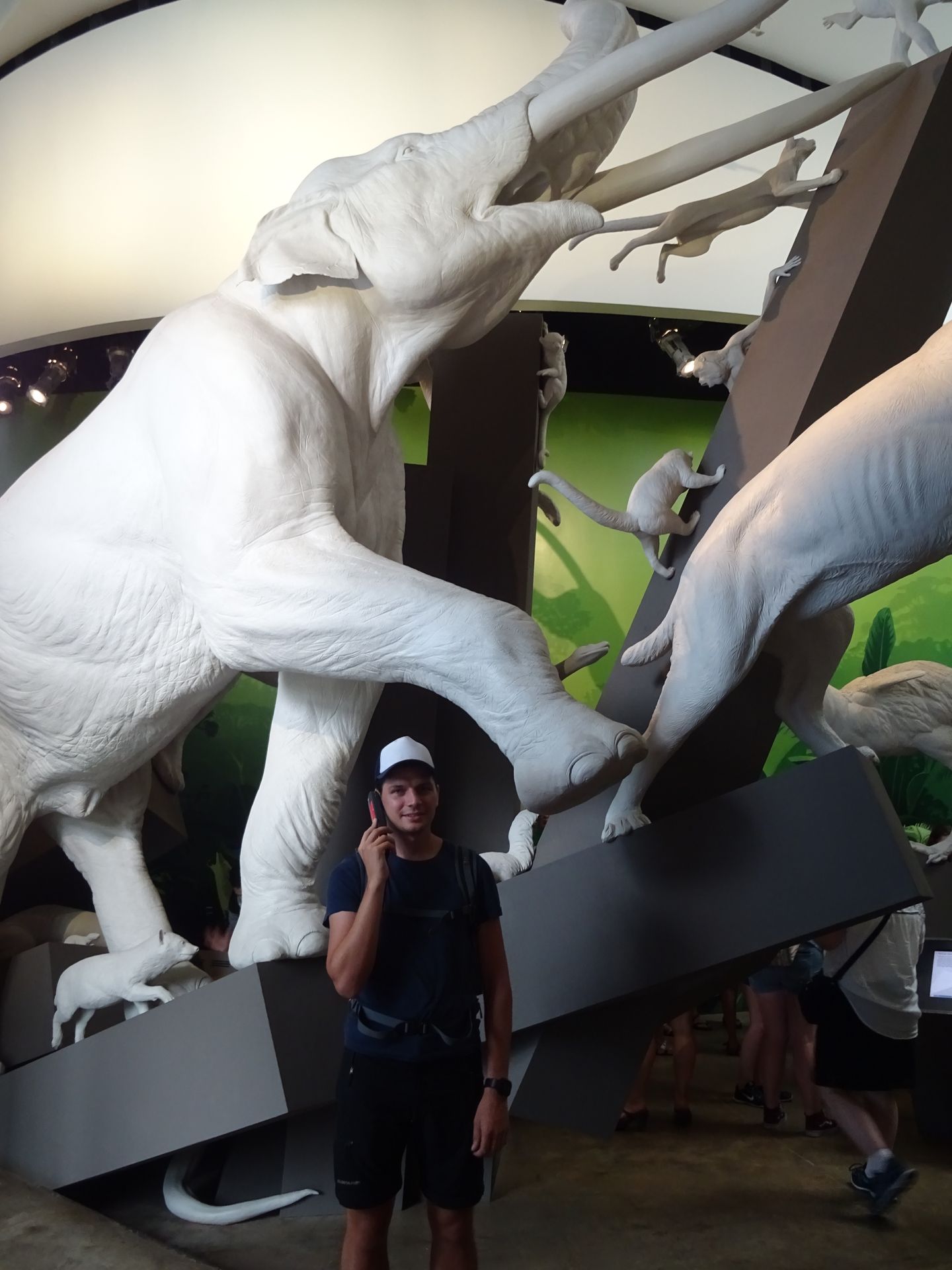
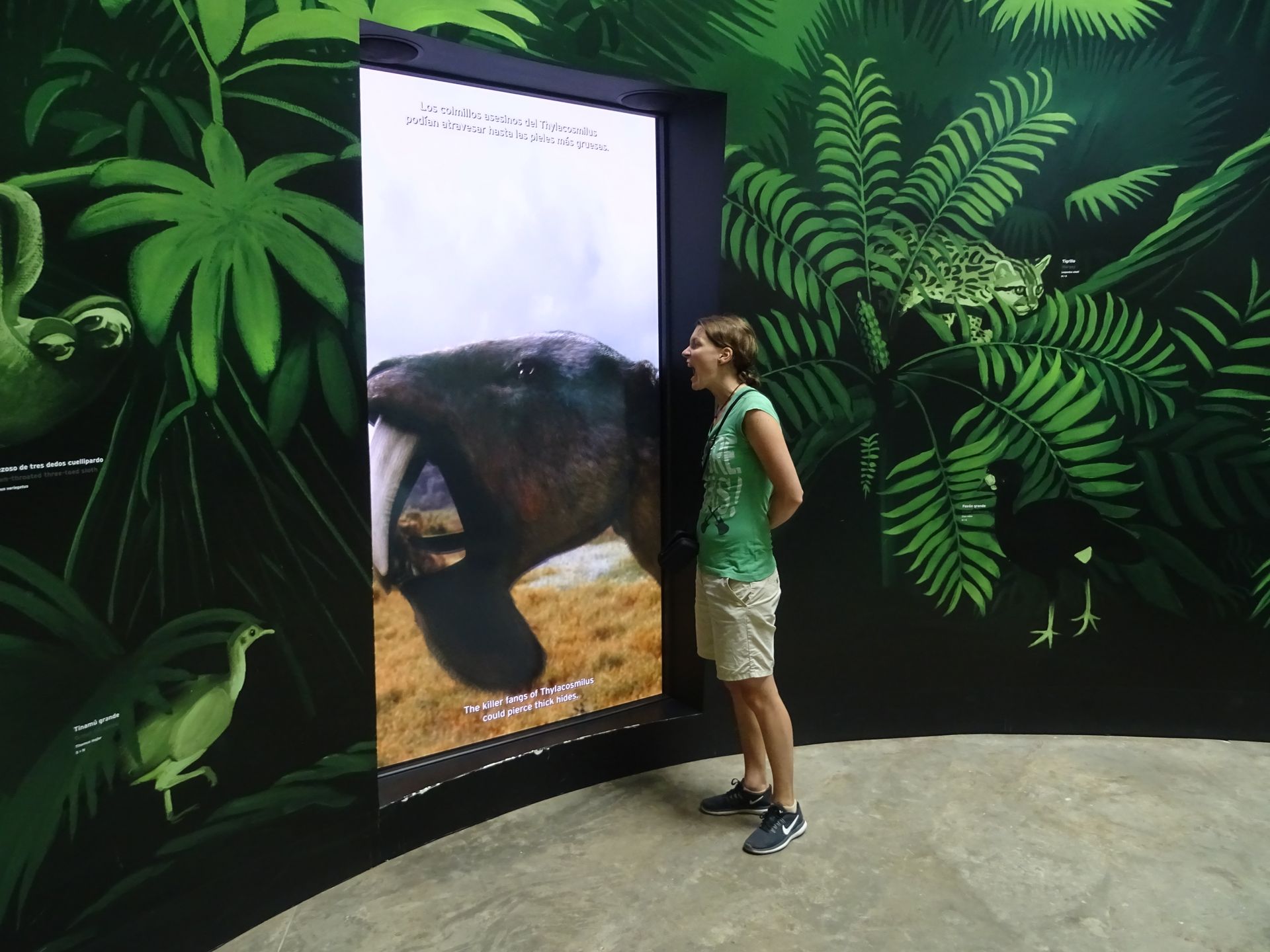
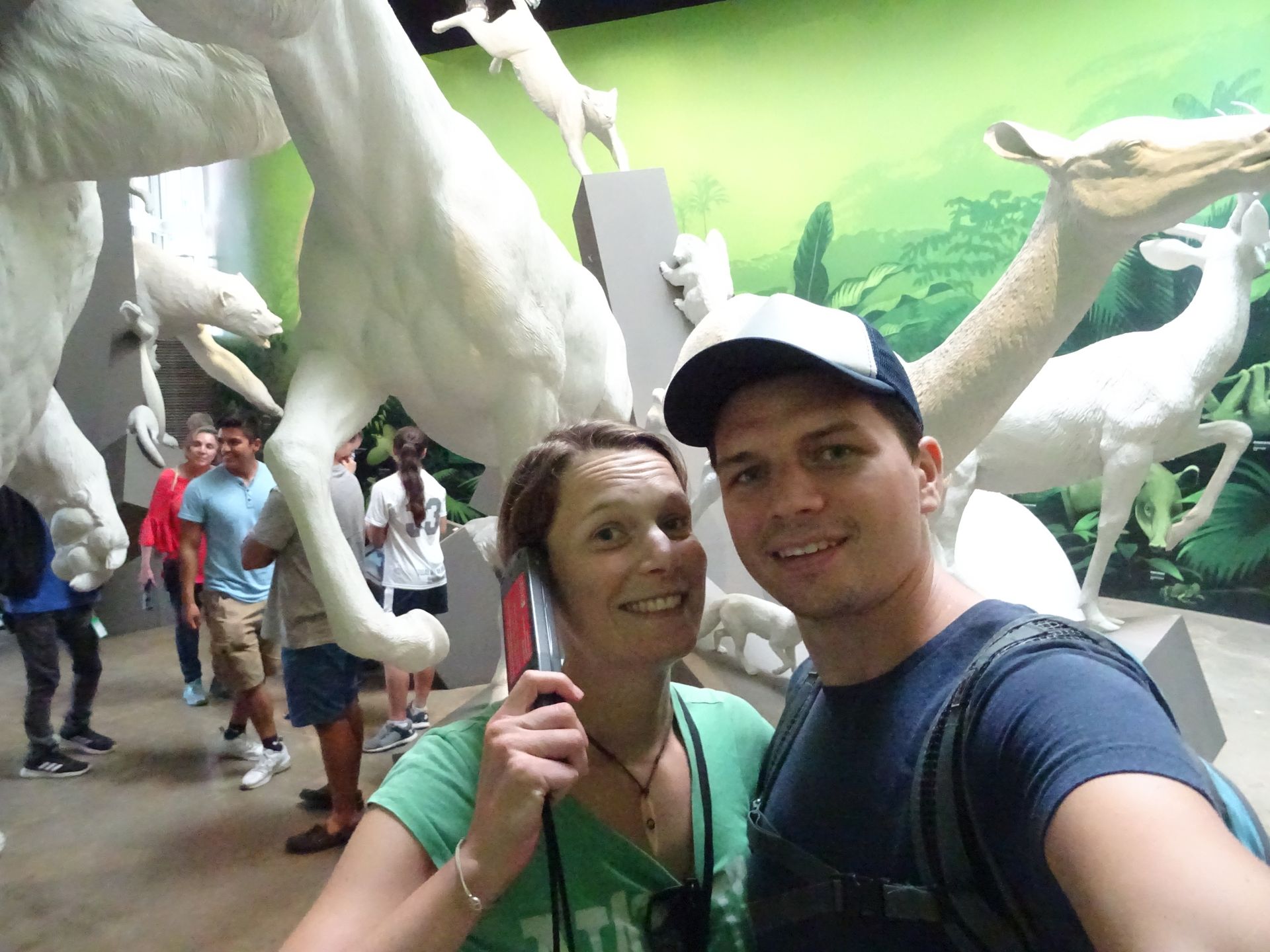
After two months in Central America, about 3500 km of distance, and what felt like 100 buses, we are flying to South America tomorrow, where two weeks in Colombia and then three weeks in Brazil await us, before we finally change continents at the end of July...
Until then, we hope for some good Mojitos and someone who can actually teach us Salsa.
Many kisses
Matthias and Lisa
Newsletter hi subscribe ve rawh
Chhanna
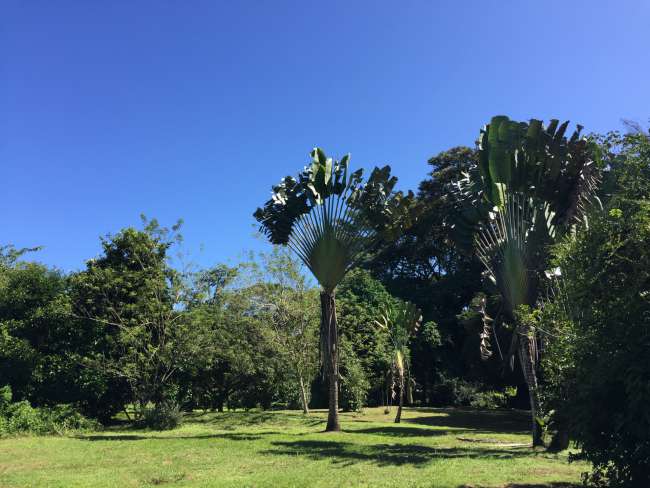
Khualzin report Panama a ni
